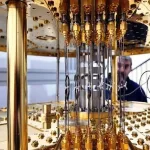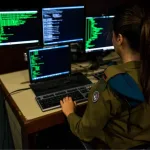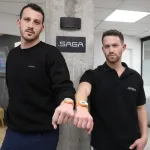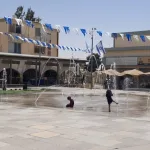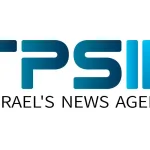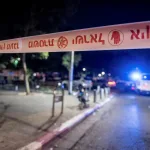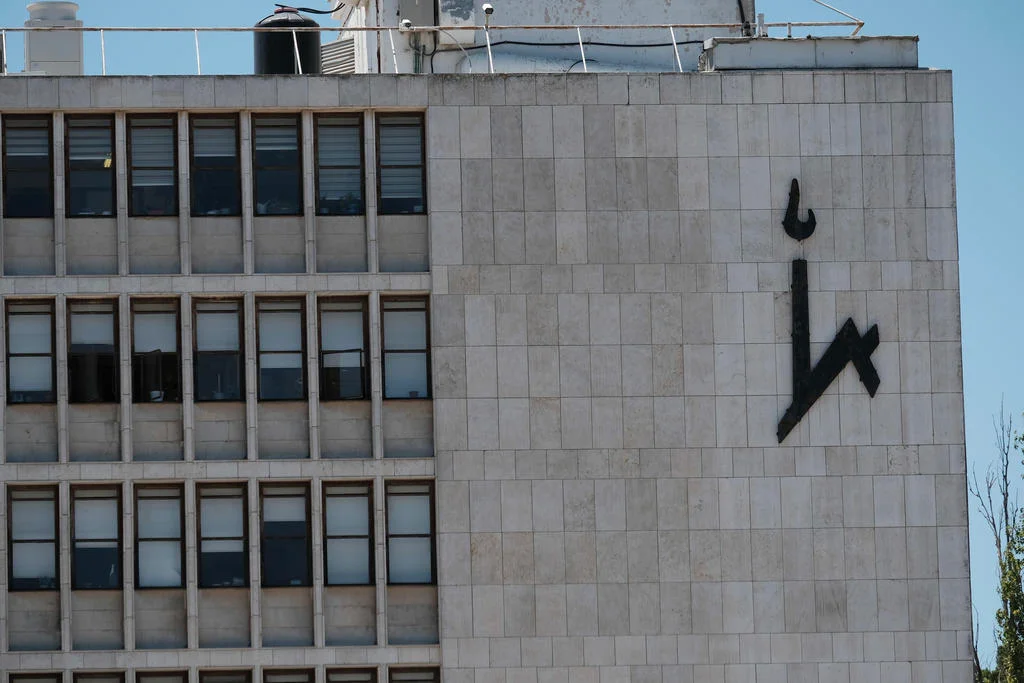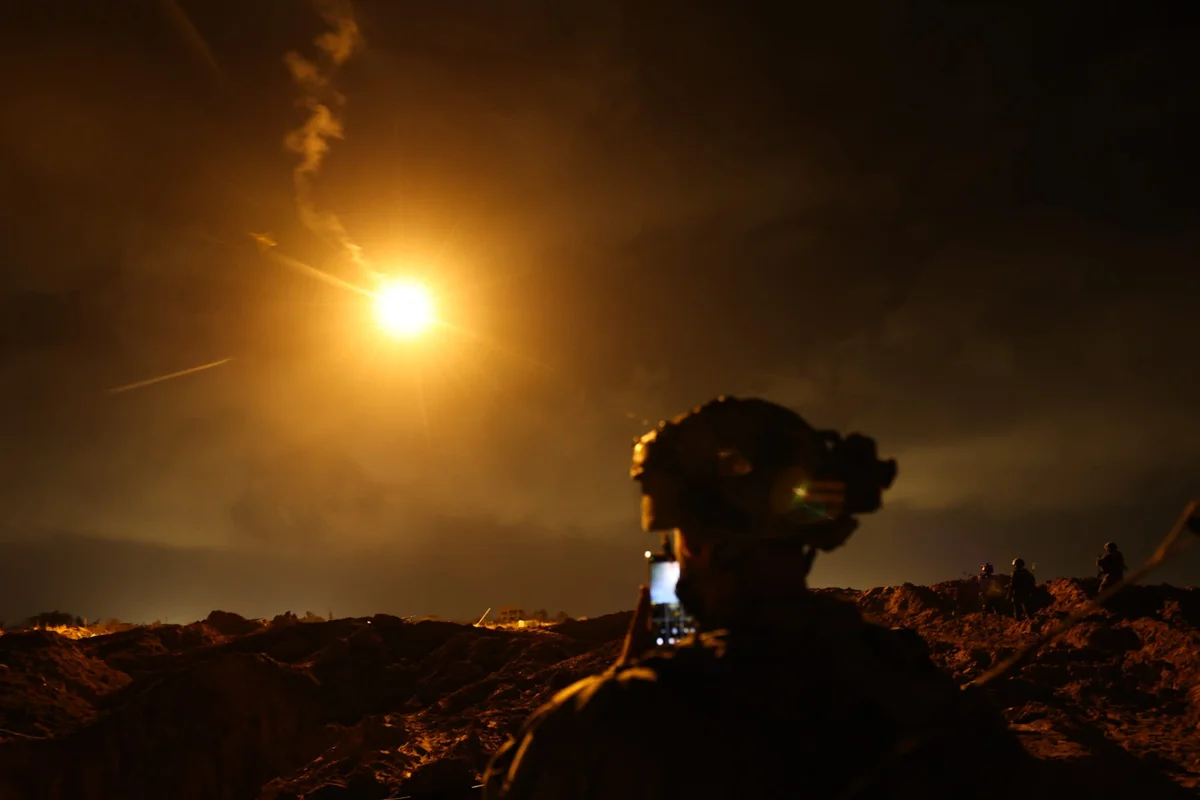Jerusalem, 16 September, 2025 (TPS-IL) — Israeli scientists have developed a new method to measure memory without relying on speech, opening the door to assessing memory in infants, patients with severe brain injuries, and people with advanced Alzheimer’s disease. The approach uses eye-tracking technology to reveal hidden recollections that people may not be able to articulate.
The groundbreaking study by researchers at Tel Aviv University and the Sourasky Medical Center–Ichilov in Tel Aviv was recently published in the peer-reviewed journal Communications Psychology.
It was conducted by Dr. Flavio Jean Schmidig, Daniel Yamin, Dr. Omer Sharon, and Prof. Yuval Nir from Tel Aviv University’s Sagol School of Neuroscience, Gray Faculty of Medical and Health Sciences, Fleischman Faculty of Engineering, and the Sagol Brain Institute at Ichilov Hospital.
“Memory is usually tested through direct questioning, with subjects verbally reporting whether they remember a certain event,” said Schmidig. “For example, a subject might be shown a picture and asked if they remember having seen it before. However, this type of testing cannot be performed on animals, infants, patients with advanced Alzheimer’s, or people with head injuries who cannot speak. In this study, we wanted to test memory in a more natural way, without asking people to remember.”
To test the method, researchers showed 145 healthy participants a series of animated videos designed with sudden, surprising events, such as a mouse jumping into the frame. Participants watched the videos twice while their eye movements were tracked. During the second viewing, subjects tended to look toward the spot where the surprising event was about to occur—an unconscious cue that they remembered it.
The eye-tracking data was then compared with participants’ verbal reports of whether they recalled the events. The results showed that eye movements were often a more accurate indicator of memory than speech. In several cases, participants denied remembering the surprising event, yet their gaze betrayed that they did.
“The study proves that tracking eye movements can be an excellent alternative to verbal questions such as ‘Do you remember this?’” said Yamin. “In a series of experiments, we demonstrated that gaze direction is a very sensitive gauge of memory. Even when subjects said they didn’t remember, their gaze direction showed they did. This means that sometimes people remember, but can’t say that they remember. By using AI machine learning techniques, it is possible to infer automatically, from just a few seconds of eye tracking, whether someone has seen a video before and formed a memory of it.”
Sharon explained that eye tracking can capture subtle nuances that traditional testing cannot. “When I ask you if you remember, you might give any of several answers: yes, no, not sure, etc. But when you look to the left of the frame due to a vague memory that something is about to happen there, finer nuances can be discerned. Now we have a tool for testing to what extent memory is present. Our new method is also more natural than traditional memory tests.”
Beyond clinical settings, the team sees broader applications.
For pediatricians, the tool could reveal how memory develops in infants long before they learn to speak. In rehabilitation, therapists could track memory recovery in patients with brain injuries or stroke. For Alzheimer’s and dementia care, doctors may be able to monitor disease progression and the effectiveness of treatments, even when patients can no longer communicate.
The method could also support animal research, offering a new way to study cognition in species that cannot report what they recall.
Because the technology can run on ordinary cameras, it may one day be available as a low-cost diagnostic tool — or even form the basis of new apps that use memory cues to personalize learning or training.



